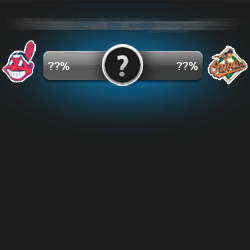Not all teams are created equal. Some are much better and some much worse.
So how do oddsmakers get bettors to bet on both sides of a game if one team is clearly better?
That is where spread betting comes in. The spread represents the projected margin of victory for the favored team over the underdog. It is also known as “The Great Equalizer” because sportsbooks can use it to draw in bets, or “action,” from both sides.
Oddsmakers set the number for the spread using computer algorithms, power rankings, research, previous outcomes, home field advantage, formulas, data, and more.
A favorite, or the side viewed as more likely to win, is always represented with a minus sign (-) preceding the point spread, while the underdog, or side viewed as less likely to win, is represented with a plus (+) sign.
For example:
If an underdog is listed as +7.5, that means they are getting 7.5 points from the oddsmakers. The oddsmakers have decided that’s how many points they will likely lose by.
So for your bet to cash on the underdog, they could win the game straight up, but they don’t have to. They just have to cover the spread which in this case would mean they can lose the game, but as long as they lose by less than 7.5 points, your bet would cash.
On the other hand, if you wanted to bet on the favorite, let’s say they’re -7.5, not only do they have to win the game, they must win by more than 7.5 points (so 8 or more) to cash your bet.
Also, a game that’s listed as “even” or a pick’em bet means two teams are projected as so close in terms of level of play that the oddsmakers decided to price them as equally likely to win or lose. So there is no spread or projected margin of victory, and you can simply bet the moneyline.
Video Rating: / 5


